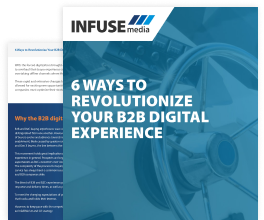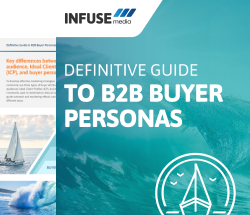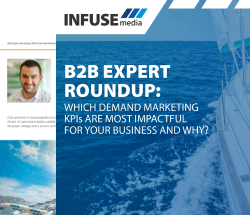These content assets should provide positive experiences that encourage trust and loyalty. This means all touchpoints should provide value, be easy to access and understand, and allow easy follow-up for leads who have questions.
Social selling is also a helpful method that can be used to improve leads’ brand experience. This sales technique involves the sales department contacting leads directly through social media to assist them with questions, provide explanations, and suggest further reading (or watching) material to improve their understanding.
The positive experiences that leads enjoy when interacting with the brand also mean that a business is more likely to generate multiple leads from a single account because of the value gained by leads individually with this strategy. This is where relationship selling techniques tend to differ from traditional sales methods as the focus of the sales process moves from trying to fill the sales pipeline to assisting leads and improving their overall experience.






















